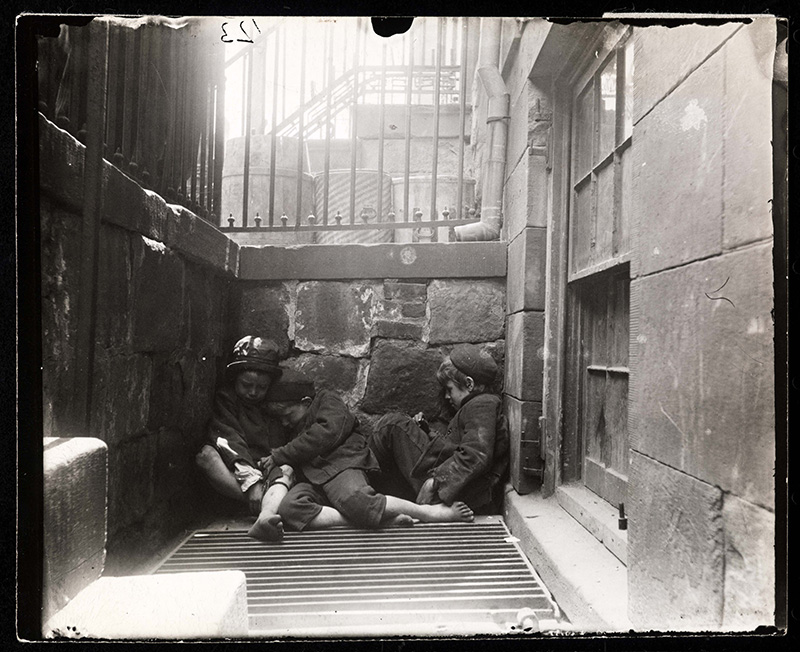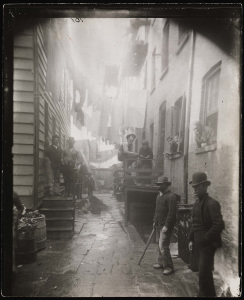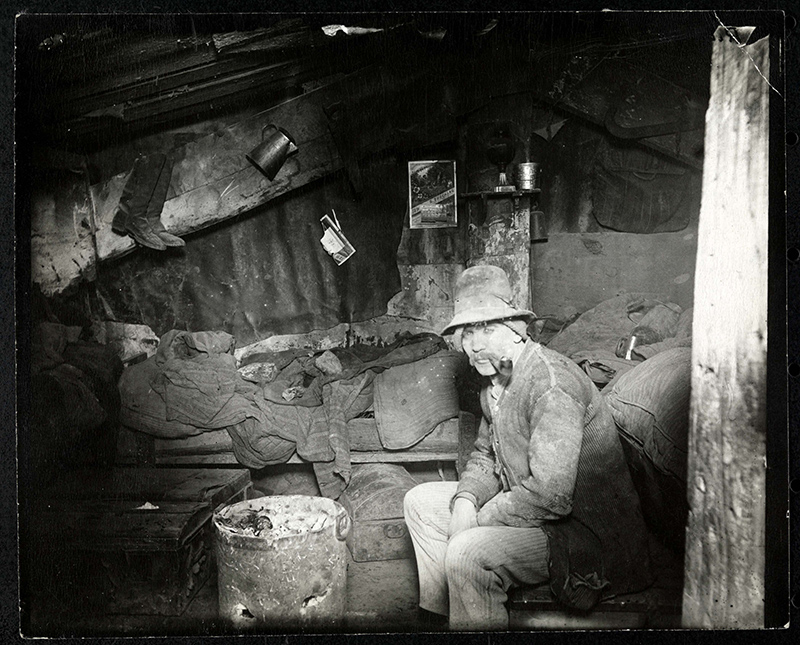PHOTO:The Other Half-The Activist Photography of Jacob Riis
 Jacob Riis was among the first in the United States to conceive of photographic images as instruments for social change; he was also among the first to use flash powder to photograph interior views, and his book “How the Other Half Lives” was one of the earliest to employ halftone reproduction successfully
Jacob Riis was among the first in the United States to conceive of photographic images as instruments for social change; he was also among the first to use flash powder to photograph interior views, and his book “How the Other Half Lives” was one of the earliest to employ halftone reproduction successfully
By Dimitris Lempesis
Photo: Foam Archive

The exhibition “The Other Half – The Activist Photography of Jacob Riis” at Foam in Amsterdam is a tribute to the work of the pioneer of photography Jacob Riis. The exhibition comprises vintage photographs by Riis and his contemporaries, prints from 1946 and more recent prints from 1994. Visitors can also see and listen to a reconstruction of one of his lectures. The exhibition includes a magic lantern as used by Riis during his lectures, and a number of personal belongings such as his notebook. Jacob Riis was born on 3//1849, in Ribe, Denmark, and emigrated to the United States in 1870 on a steamship. All he carried with him was $40 and a locket containing a hair from a girl he loved. Upon his arrival in New York City, Riis struggled his way through various jobs: ironworker, farmer, bricklayer and salesman, all jobs that gave him an up-close look at the less prosperous side of the American urban environment. While working as a police reporter for the New York Tribune, he did a series of exposés on slum conditions on the Lower East Side of Manhattan, which led him to view photography as a way of communicating the need for slum reform to the public. In a stroke of good timing, flash photography had only recently been invented, and Riis became a pioneer in its use, employing the new technique to capture stark indoor and outdoor night scenes. The images he brought to the public’s eye were full of crowded tenements, dangerous slums and poignant street scene,images of a downtrodden underclass that most readers had only previously read about, at best. He made photographs of these areas and published articles and gave lectures that had significant results, including the establishment of the “Tenement House Commission” in 1884. In 1888, Riis left the Tribune to work for the Evening Sun, where he began making the photographs that would be reproduced as engravings and halftones in “How the Other Half Lives”, his celebrated work documenting the living conditions of the poor, which was published to widespread acclaim in 1890. Riis’ book used graphic descriptions, sketches, photographs, and cold statistics to chronicle the squalor of New York’s Lower East Side slum district. Riis helped push tenement reform to the front of New York’s political agenda, and prompted Police Commissioner Theodore Roosevelt to call him “The most useful citizen of New York”. During his lectures Riis would project the images using a magic lantern (a stereopticon). This made his lectures very popular, and by 1900 Riis had become a celebrated writer, journalist and public speaker who knew how to move influential friends such as Theodore Roosevelt (the later president of the United States), Andrew Carnegie and Booker T. Washington to implement reforms. During the last twenty-five years of his life, Riis produced other books on similar topics, along with many writings and lantern slide lectures on themes relating to the improvement of social conditions for the lower classes. Despite their success during his lifetime, however, his photographs were largely forgotten after his death; ultimately his negatives were found and brought to the attention of the Museum of the City of New York, where a retrospective exhibition of his work was held in 1947.
Info: Foam Fotografiemuseum, Keizersgracht 609, Amsterdam, Duration: 16/2-15/4/18, Days & Hours: Mon-Wed & Sat-Sun 10:00-18:00, Thu-Fri 10:00-21:00, www.foam.org

